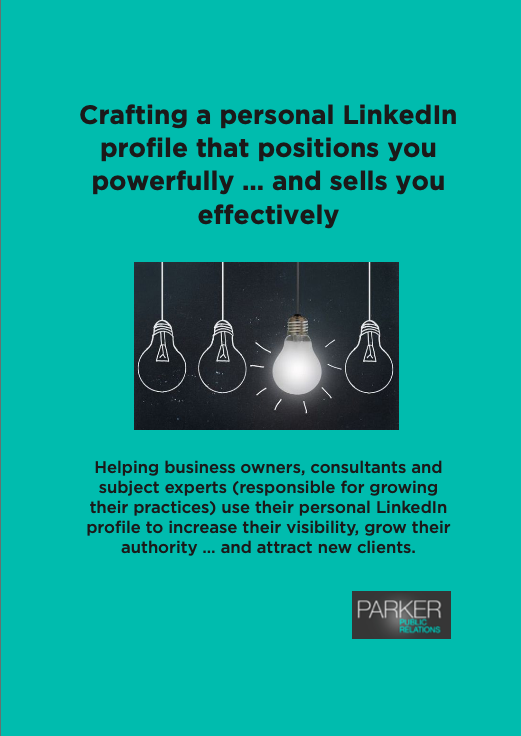All too many businesses looking for media mileage think that securing media coverage is about sending out a damn good media release, sitting back and hoping for the best.
They also believe there is no real protocol associated with engaging with the media and that any old approach will do.
Sorry to tell you ladies and gents, there is not only a lot of spadework that goes into attracting the attention of the media but also an unspoken etiquette.
Hopefully this guide will help make things a little easier:
Know your target media
You need to know the newspaper, magazine, radio or TV program you’re targeting your story at. Nothing gets journalists more incensed than knowing you haven’t done your homework – that you have no idea of the types of stories they run, who their readers and listeners are and if your story would be a great fit. Remember, you are often judged by that very first pitch so make every effort to get it right.
Meet the media
Build a relationship with relevant journalists or editors. This is the best way of getting noticed and of demonstrating your breadth of knowledge on a topic. Journalists appreciate you taking the time out to meet with them and potentially furnish them with an exclusive story. Also don’t leave relationship building to just one meeting. Great media liaison is about tenacity and regularly providing your valuable contacts with great ideas or stories.
Be helpful to editors and journalists
Being helpful doesn’t always involve providing the media with information about your firm. Help them track down industry experts or information they might be looking for. Remember, your kind gestures will be remembered!
Journalists are busy
While I’m a great believer in picking up the phone to introduce myself to the media, thereafter I prefer email as this isn’t intrusive and enables journalists to think about my pitch or story idea. Because journalists receive thousands of emails each day, do follow up via phone or email to ensure your story idea has not been missed. However a word of caution: avoid calling journalists when they are on deadline. For example, for journalists on daily publications this is generally afternoons so avoid this period like the plague or be prepared to encounter a somewhat cranky and less than helpful journalist.
Pitch to freelance writers
Another idea is to pitch to freelance writers who write for a bunch of different magazines or publications. If a freelancer likes your story they will push hard to get it published. Also if they like what you offer they will use your information elsewhere.
Content is important
A great story sells. You might have a wonderful relation with the media but if your story is a dud it won’t get past first base.
Use Google Alerts
If you are an expert at something, get Google Alerts on that topic. Should this topic become newsworthy, get in touch with your contacts. Journalists are constantly on the scout for subject matter experts and should your timing be right, you may have an excellent opportunity of securing coverage.
In a nutshell
- Understand the types of stories your chosen outlets run
- Build a relationship with chosen journalists and editors
- Help them whenever you can
- Don’t become a nuisance
- Always furnish them with really great stories
Keen to manage your own publicity requirements without the need for a publicist, Parker Public Relations is running a half-day DIY Publicity Bootcamp in Melbourne on Friday 19 May 9 am-1 pm at Hub Southern Cross. To book and for more information, go to:
https://www.eventbrite.com/e/diy-publicity-bootcamp-tickets-33690099996?aff=erelexpmlt


